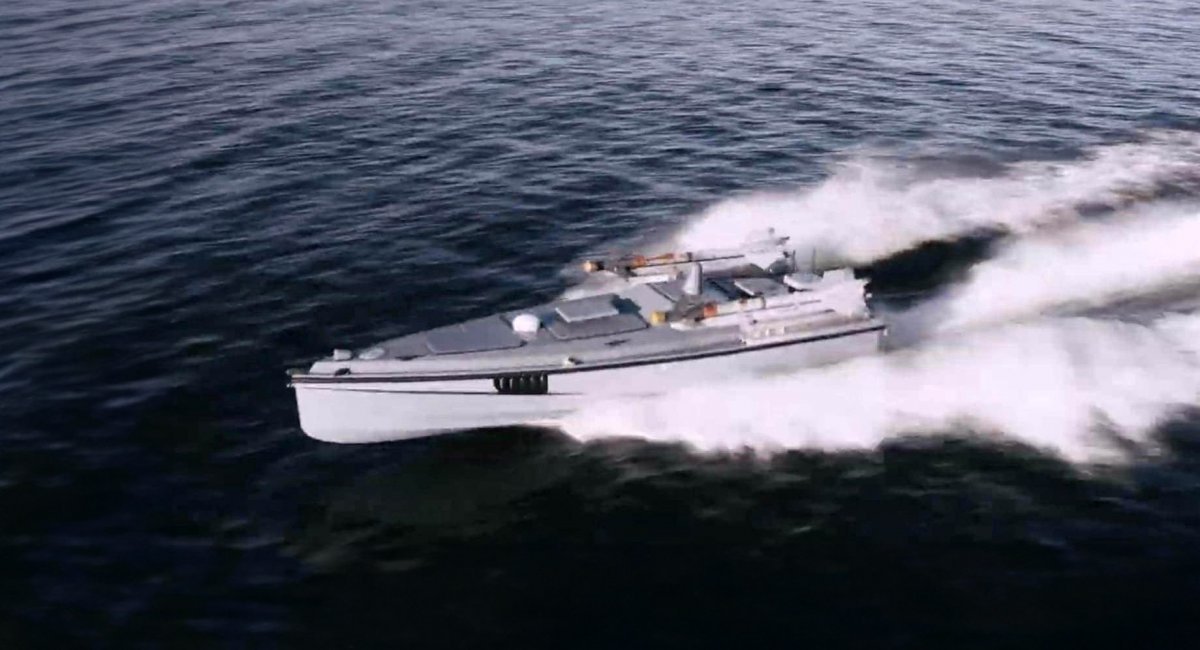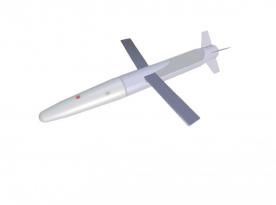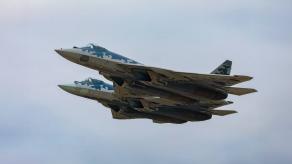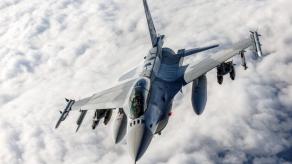A historic milestone, the first successful use of a naval drone to destroy a fighter jet, took place when a Ukrainian Magura V7, armed with AIM-9 missiles, downed a russian Su-30. However, this landmark event overshadowed a far more significant detail: Ukraine may now possess the capability to develop its own surface-to-air missile (SAM) systems with integrated Western munitions, at least including the AIM-9.
This development suggests that the scope of the experimental FrankenSAM program likely exceeds the initial integration of RIM-7 and AIM-7 missiles into legacy Buk-M1 systems. In fact, Ukraine’s contribution, particularly in software and targeting integration, may be far greater than previously assumed.
Read more: The Missile Used By Ukrainian Magura Drone For Historic Su-30 Downing Was the AIM-9 Sidewinder

What remains unclear is whether Ukraine received a complete plug-and-play system comprising the missile, fire control suite, and targeting package, preconfigured for the Magura V7. More compelling, however, is the alternative: that Ukraine now possesses the technological capability to integrate the missile independently into its indigenous systems. Multiple indicators point to this more strategic and empowering scenario.
One such indicator is the use of the same Ukrainian-developed electro-optical targeting station for both R-73 and AIM-9 missiles. In the video showing the Su-30’s destruction, the distinctive shield-shaped field of view of the targeting sensor is clearly visible. This identical viewing sector appears in earlier footage of the Magura V5 drone using an R-73 to destroy a russian Mi-8 helicopter—another world-first combat engagement.
Yet, the fire control interface shown during the R-73 launch, revealed about five months ago, differs from that observed in the AIM-9 engagement. This discrepancy could be attributed to an update in Ukraine’s own fire control software or to the use of different systems built around the same optical sensor. Regardless, both instances confirm reliance on a domestically produced targeting system.
Considering Western defense firms typically "encapsulate" their systems, delivering them as complete, closed-loop solutions, it is plausible that the fire control system and software in these platforms are of Ukrainian origin. The AIM-9 missile may be the only foreign component.

If this assessment holds true, Ukraine is not only capable of developing naval SAM drones or ground-based air defense platforms with AIM-9s. The broader potential is even more compelling: Ukrainian engineers could deploy AIM-9s in their original air-to-air role, not just from traditional fighter aircraft, but from unmanned aerial vehicles as well.
Read more: Why russians Sent in Su-30 Jets, Not Older Be-12 or Ka-29 to Intercept Ukraine's Magura V7 Drones














